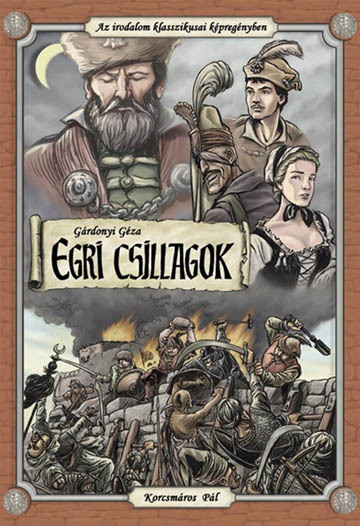
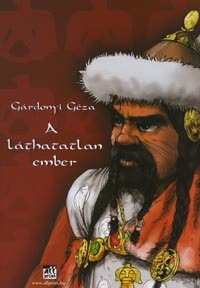
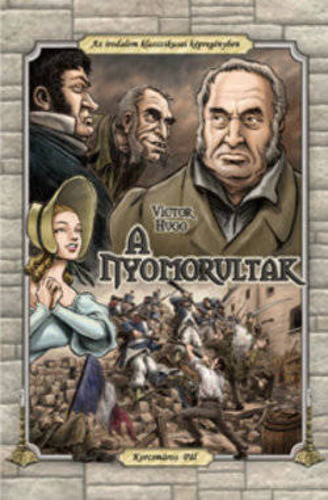
Books in series

Egri csillagok
1959

A Láthatatlan Ember
1902

A nyomorultak
1957
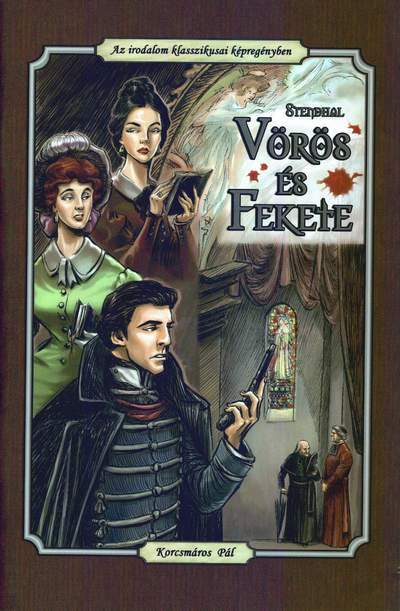
Vörös és fekete
1966
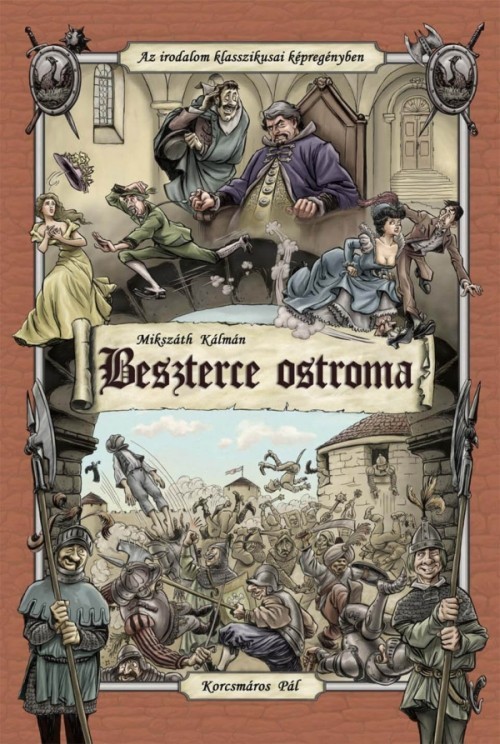
Beszterce ostroma
1960
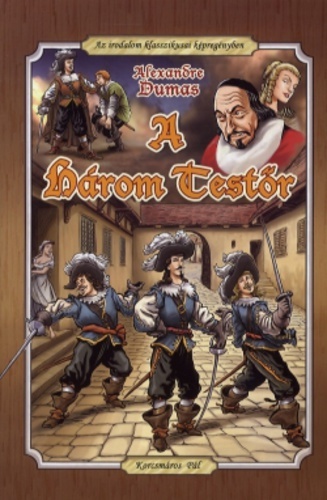
A három testőr
1959

Monte Cristo grófja - Képregény
2020
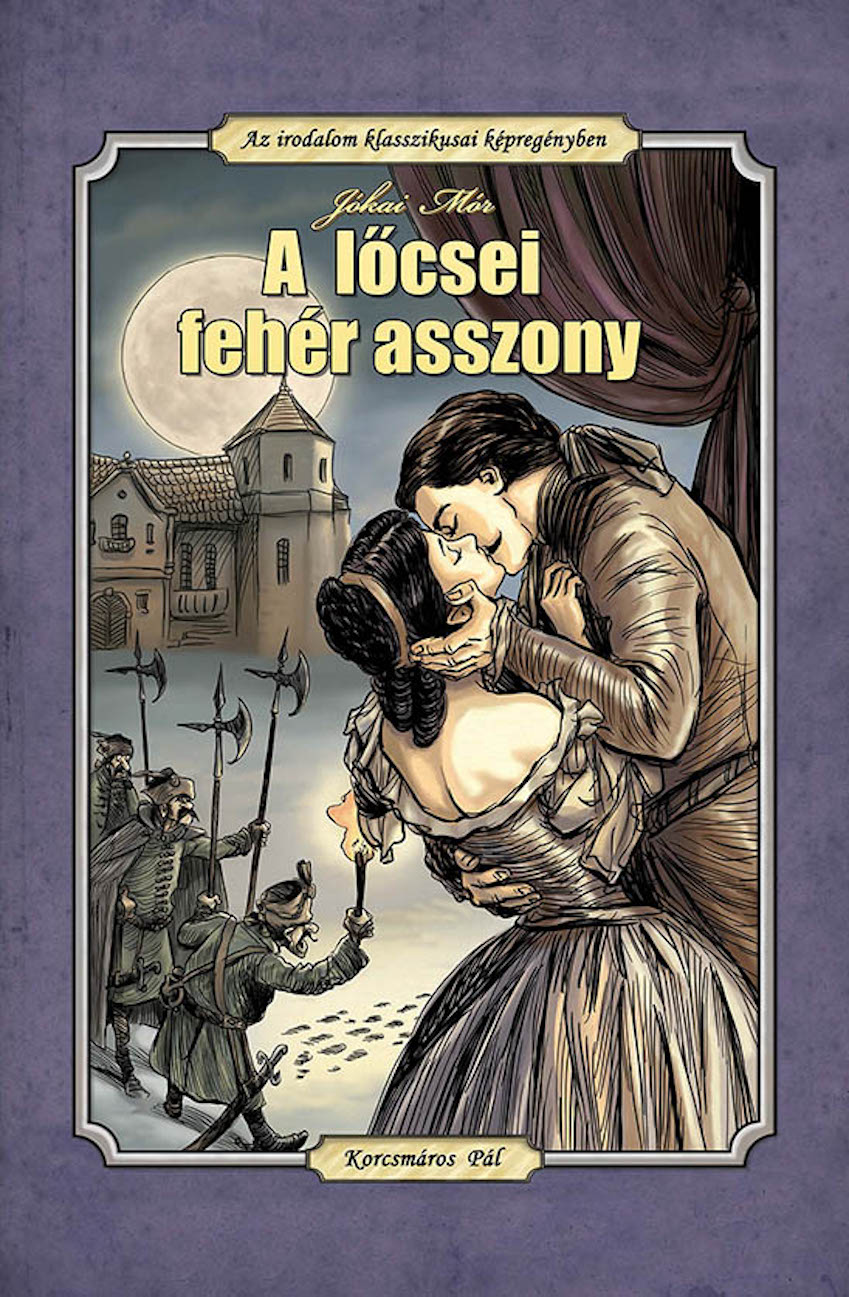
A lőcsei fehér asszony
2021
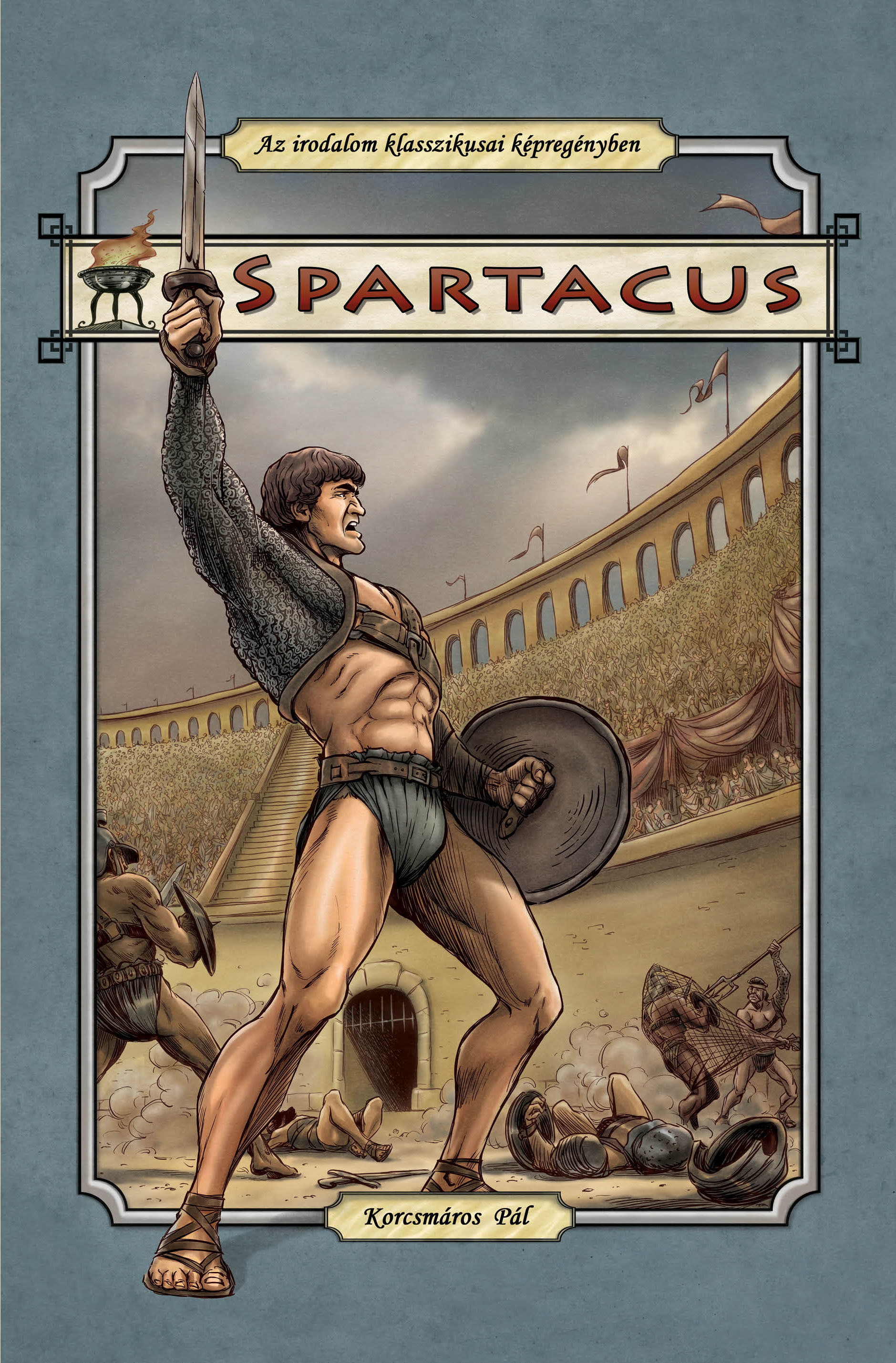
Spartacus
1961
Authors
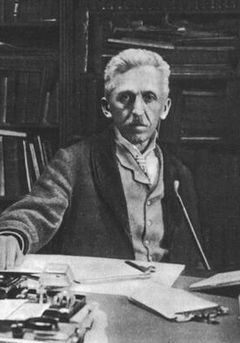
Géza Gárdonyi, born Géza Ziegler (August 3, 1863 – October 30, 1922) was a Hungarian writer and journalist. Although he wrote a range of works, he had his greatest success as a historical novelist, particularly with Eclipse of the Crescent Moon and Slave of the Huns. Gárdonyi was born in Agárdpuszta, Kingdom of Hungary, the son of a machinist on the estate of an aristocrat in Western Hungary. He graduated at a college for teachers and worked for some years as a teacher and Catholic cantor. He married Mária Molnár in 1885, but their marriage was unhappy and they separated in 1892. Gárdonyi's career as a writer started off when he began writing for magazines and newspapers in the mid-1880s. His first successes were the satirical "Göre Gábor" letters on rural life, works which he later repudiated. Around the turn of the century, he started to tackle historical themes in writing, which resulted in a series of fine novels. He moved to Eger (today's northern Hungary) in 1897 with his mother and lived there until his death. He is also buried there, with his tomb bearing the inscription Csak a teste ("Only his body"). The house where he lived and did most of his writing is now preserved as a museum.
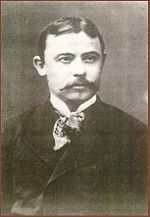
Kálmán Mikszáth Kiscsoltó was a major Hungarian novelist, journalist, and politician. Mikszáth was born in Sklabiná into a family of the lesser nobility. He studied Law at the University of Budapest from 1866 to 1869, although he did not apply for any exam, and became involved in journalism, writing for many Hungarian newspapers including the Pesti Hírlap. His early short stories were based on the lives of peasants and artisans, and had little appeal. However, they demonstrated his skill in crafting humorous anecdotes, which would be developed in his later, more popular works. Many of his novels contained social commentary and satire, and towards the end of his life they became increasingly critical of the aristocracy and the burden he believed the latter placed on Hungarian society. Theodore Roosevelt enjoyed his novel, St. Peter’s Umbrella so much that he visited Mikszáth during his European trip in 1910 solely to express his admiration.[1] Mikszáth was a member of the Liberal Party, and in 1887 was elected to the National Assembly of Hungary (one of the two top legislatures in Austria-Hungary). Until 1879 he was the representative for the Illyefalva District in Transylvania, and from 1892 until his death he represented the Fogaras District. He was buried in Kerepesi Cemetery in Budapest, along his sons János (1886-1890) and Albert (1889-1921).

This note regards Alexandre Dumas, père, the father of Alexandre Dumas, fils (son). For the son, see Alexandre Dumas fils. Alexandre Dumas, père (French for "father", akin to Senior in English), born Dumas Davy de la Pailleterie, was a French writer, best known for his numerous historical novels of high adventure which have made him one of the most widely read French authors in the world. Many of his novels, including The Count of Monte Cristo, The Three Musketeers, The Man in the Iron Mask, and The Vicomte de Bragelonne were serialized. Dumas also wrote plays and magazine articles, and was a prolific correspondent. Dumas was of Haitian descent and mixed-race. His father, General Thomas-Alexandre Dumas Davy de la Pailleterie, was born in the French colony of Saint-Domingue (present-day Haiti) to Alexandre Antoine Davy de la Pailleterie, a French nobleman, and Marie-Cessette Dumas, a black slave. At age 14 Thomas-Alexandre was taken by his father to France, where he was educated in a military academy and entered the military for what became an illustrious career. Dumas' father's aristocratic rank helped young Alexandre Dumas acquire work with Louis-Philippe, Duke of Orléans, then as a writer, finding early success. He became one of the leading authors of the French Romantic Movement, in Paris. Excerpted from Wikipedia.

Henri-Marie Beyle, better known by his pen name Stendhal, was a 19th-century French writer. Known for his acute analysis of his characters' psychology, he is considered one of the earliest and foremost practitioners of realism in his two novels Le Rouge et le Noir (The Red and the Black, 1830) and La Chartreuse de Parme (The Charterhouse of Parma, 1839).

After Napoleon III seized power in 1851, French writer Victor Marie Hugo went into exile and in 1870 returned to France; his novels include The Hunchback of Notre Dame (1831) and Les Misérables (1862). This poet, playwright, novelist, dramatist, essayist, visual artist, statesman, and perhaps the most influential, important exponent of the Romantic movement in France, campaigned for human rights. People in France regard him as one of greatest poets of that country and know him better abroad.
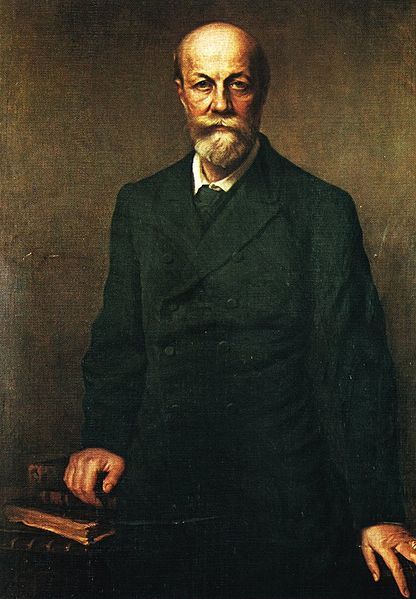
Mór Jókai, born Móric Jókay de Ásva, outside Hungary also known as Maurus Jokai or Moriz Jokai, was a Hungarian dramatist and novelist. He was born in Komárom, the Kingdom of Hungary (today Komárno, Slovakia, southern part remains in Hungary). See also Maurus Jokai, as his name is sometimes translated. Also Maurice Jokai